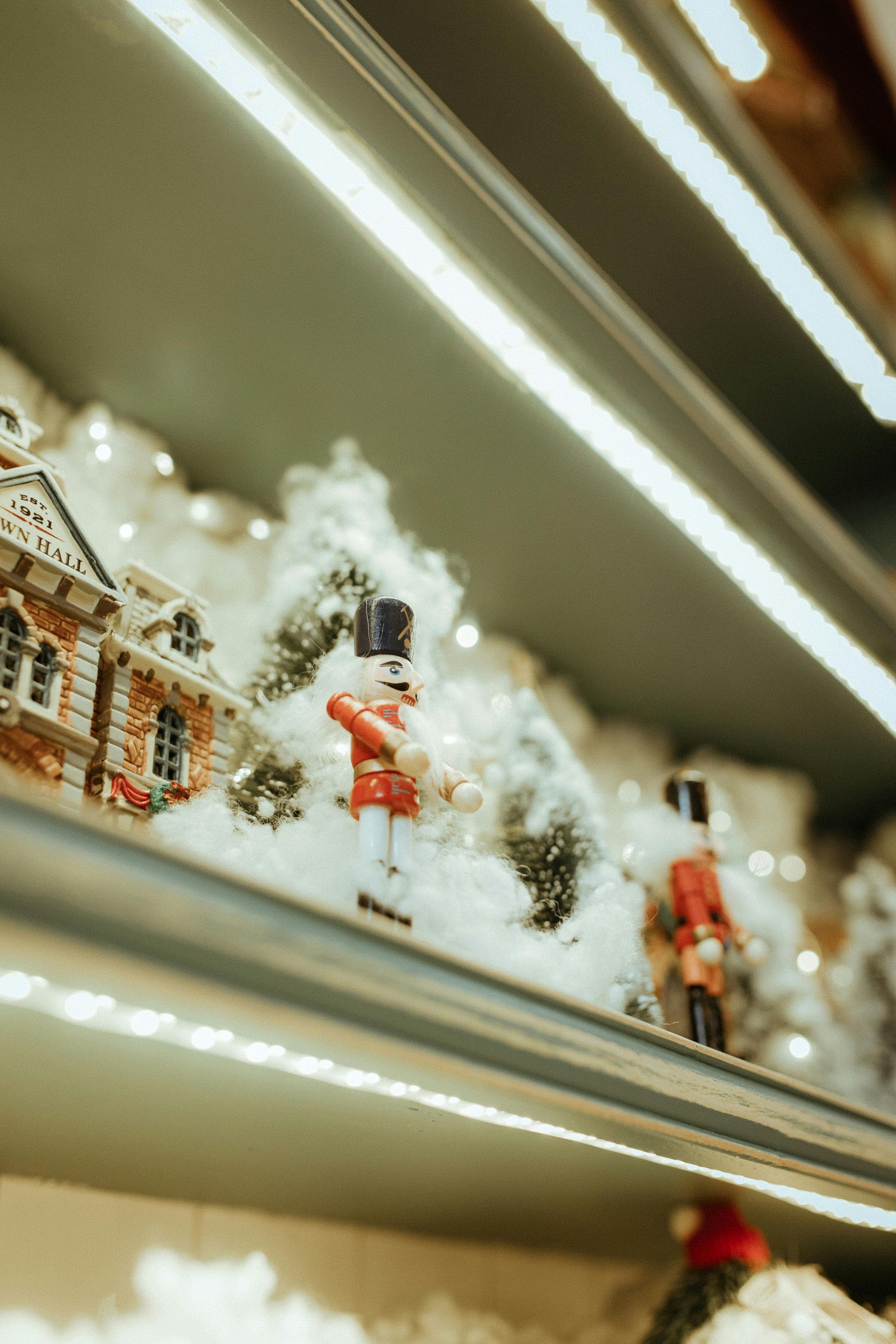Storage Areas
February has been the time to tackle my client’s basements. Some of the basements were family room with playrooms, to unfinished spaces used for storage, and finished areas used for inventory storage. No matter what the basement was used for it turns in to a dumping ground for some of my clients.
The general rule of organizing is to have a purpose for each space and stick to it. This room is a guest room etc. marketplace
Basements, attics or garages tend to be a dumping ground, before you know it the space is filled and unusable which can take weeks to clean up.
Yes, free boxes are appealing but are not good for long term storage. Preserve your memories do not destroy them. You can’t imagine what I have seen being done to family heirlooms. Some destroyed by rodents, some by standing water, and some with just moisture from damp basements. Plastic storage is for long term memories, pictures, family heirlooms, seasonal décor, and extra party supplies. Cardboard boxes allow dust and sometime rodents to get into these items. Make sure you label each container so it’s easily identified.
My husband and I learned the hard way when a 3-generation photo was destroyed by leaving in the frame too long. The picture stuck to the glass and we had to pay to get this photo restored. Things like this can be avoided by removing these pictures from frames and storing in proper photo boxes. If these frames are no longer needed just donate them.
Before anything goes into storage ask yourself why is it going to storage? Will it to be kept out of sight to deal with later? If this is the case set an appointment on your calendar to deal with these items otherwise the box will be forgotten. If redecorating but don’t want to throw out those expensive décor items? Ask yourself, will you use the items again? If the answer is NO, then sell online to fb selling sites or find a local home décor consignment shop or local donation place.
A room can have multiple purposes especially the basement. My basement has a tv section which includes my son’s Xbox. Another part of the basement is an area for my daughter’s make-believe classroom where she can teach her dolls. Storage for games and puzzles are on the other side of the room. The other space in the basement is used for darts and other in the house games. The important part of having multiple functions in a space is to stick with the sections and not junk up the area with unnecessary things.
Creating a workout area, keep workout equipment in a organize space. Do you have a lot of weights and do you have a weight stand? If the answer is NO, then use an empty bookshelf or shoe container. You can use a canvas bin or empty plastic tub for all the other loose equipment.
Toy Area
Don’t let the toys creep into the other sections of the basement. Rotate toys to allow the new and exciting feeling come out every 3-6 months. Create toy organizing systems like the child school for simple following through with clean up. Have toy storage that works for the type of toys that your child plays with.
Remember if there is overabundance of toys the child will feel overwhelmed and not play with all the toys.
Help Your Family have an amazing day by having a Clutter Free Home where they can play, focus and feel stress free!
Don’t know where to start? Call us for a consultation where we can help you create an organizing plan!
215-908-2869




